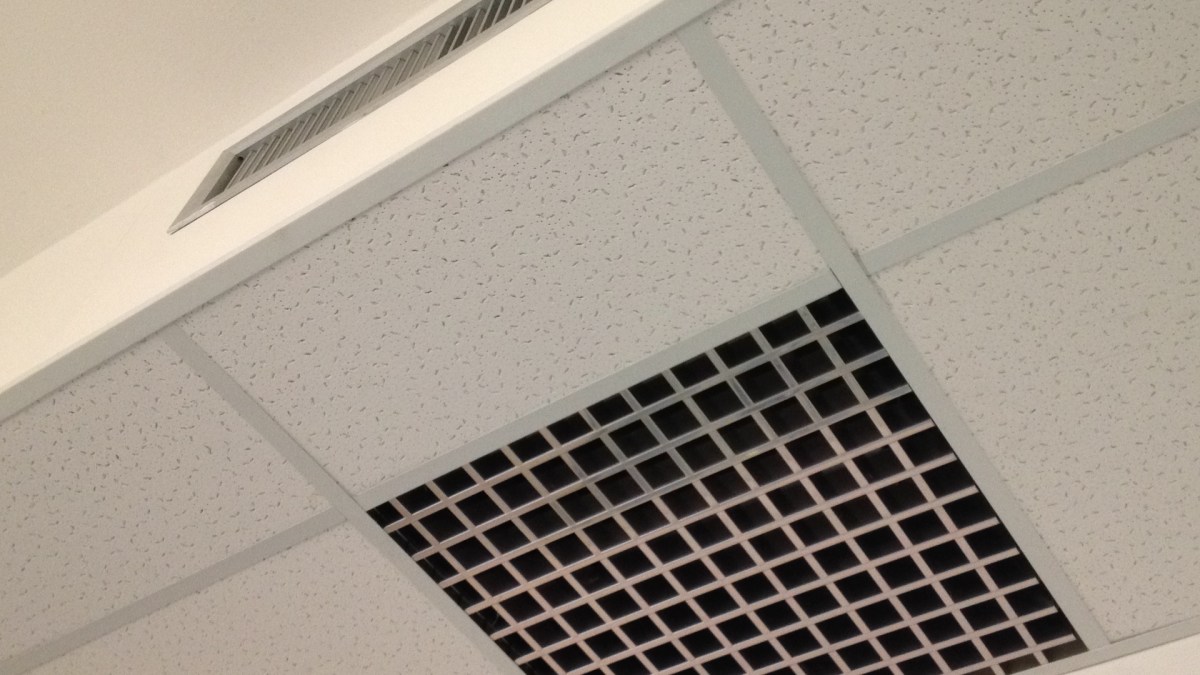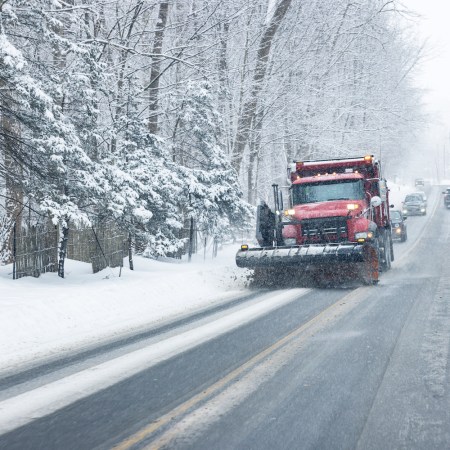In the coming weeks and months, some workplaces around the country which had been shuttered due to coronavirus concerns will reopen. Also set to take place in the coming weeks and months: warmer temperatures, assuming the progression from spring to summer happens normally. (With 2020 being the way it’s been, you never know. We could have sleet in July.) One of the things that means, then, is that people will be returning to work in air conditioned offices.
To state that is to state the obvious: if it’s 90 degrees outside, air conditioning can be a welcome relief from the heat. But a new article at New York by Justin Davidson notes a cause for concern. Specifically, the role that air conditioning systems play in helping viruses circulate.
Being indoors with other people is one of the higher-risk activities associated with contracting COVID-19. Davidson’s article notes that air conditioning systems may offer cause for concern here. He cites Harvard professor Joseph Allen — the author of the book Healthy Buildings — as having raised the alarm here. Allen noted that neither the WHO nor the CDC has offered “guidance on the potential for airborne transmission.”
It’s an issue where architects, engineers and public health professionals all have critical knowledge needed to make spaces safer. This includes everything from adjusting ventilation and filtration to knowing when to open a window and let fresh air in.
Davidson makes a convincing case that embracing natural ventilation in building design is “the more complete, long-range solution” to this issue — but the short-term solution will require a number of changes, implemented quickly, with little room for error.
Subscribe here for our free daily newsletter.
Thanks for reading InsideHook. Sign up for our daily newsletter and be in the know.


















